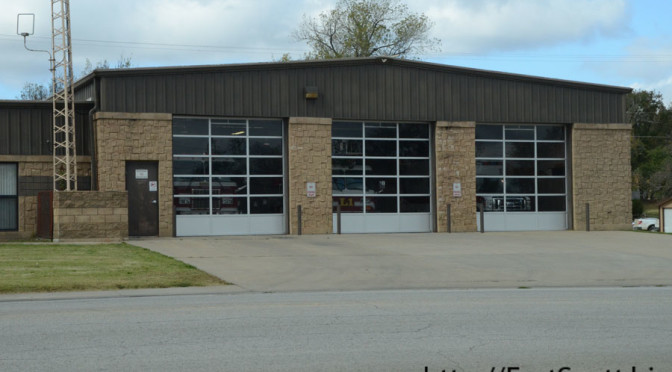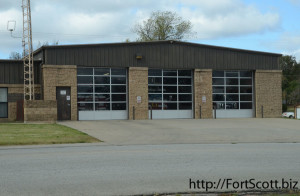A discussion that has continued for some time picked up again in recent weeks as the four Bourbon County fire districts consider the option of consolidating their efforts.
In the past month, county commissioners have worked with Emergency Manager Will Wallis, county attorney Justin Meeks and others involved in the fire districts to consider the pros and cons of combining the districts to make their responses to emergencies run more smoothly.
While meeting with the county commissioners Tuesday, Wallis said the chiefs of the fire districts met together Monday evening along with Commissioner Lynne Oharah to discuss the consolidation of the districts and to see what their concerns were.
Some questions raised included who would pay the bills if the districts were consolidated and would the districts be able to keep their individual identities.
Wallis and the commissioners said their goal is not to drastically change the way the districts currently run, but to improve aspects such as how they are dispatched to fires around the county and part of the budget process, letting the county do the audit of budgets approved and funded by the townships and fire districts.
“We don’t want to reinvent the wheel here,” Wallis said.
Dan Banwart, part of the Scott Township and involved in fire districts for more than 40 years, met with the commissioners as well to express his own concerns over the idea of consolidating the districts.
Banwart said he is worried, as a “concerned taxpayer,” that the districts will become too centralized a force instead of individual districts and that money will not be filtered to the districts properly. He also said if they become a county-wide district, they may be considered too large or too financially stable to be awarded grants such as the ones that have helped them in the past.
In the current fire district situation, the commissioners said some of the districts are struggling to get enough volunteers or to even keep their fire trucks fueled because they get so little funding from the county taxes.
District four, for example, or the Redfield district, only received about $8,000 in 2014 from taxes, while district three received more than $228,000. Those same districts are valued at $1.8 million and $27 million, respectively.
But though some of the more populated districts are valued higher than others and receive more tax money because of their population, other districts have to cover more ground because of their size, and struggle to do so.
“My number one concern with the whole situation is safety,” presiding commissioner Barbara Albright said, saying the change might help by making the dispatchers’ jobs easier and more efficient so volunteer fire departments can respond more quickly to emergencies.
Wallis will continue to discuss the move with other fire chiefs and other members of the community interested in the issue before a decision is made and plans drawn up. Banwart said if the taxes are not raised and they do not risk losing grants, than he believes the change could be positive for the county.

